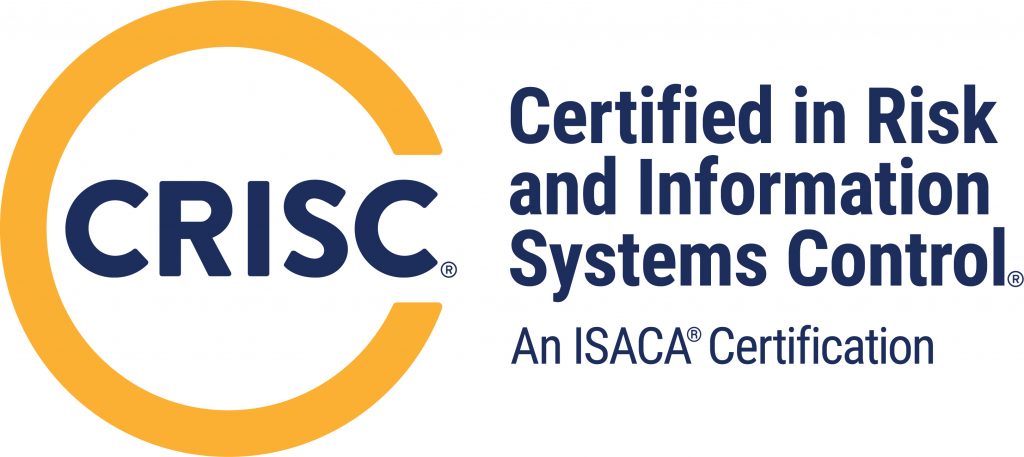
CRISC Implementation and Assessment Services
“The bad guy only has to be right [once]. Corporates have to be right all the time.”
The CRISC services are unique because they are focused on both risk and controls. Customers can be assured that Consultia professionals have the proven experience and knowledge to help enterprises accomplish business objectives such as:
- Effective and efficient operations and IS control
- Risk management
Compliance with regulatory requirements
CRISC Scope and Services:
Risk Identification, Assessment and Evaluation: Identification, assessment and evaluation of risk factors to enable the execution of the enterprise risk management strategy.
- Risk Response: Development and implementation of risk responses to ensure that risk factors and events are addressed in a cost-effective manner and in line with business objectives.
- Risk Monitoring: Monitoring risk and communicating information to the relevant stakeholders to ensure the continued effectiveness of the enterprise’s risk management strategy.
- Information Systems Control Design and Implementation: Design and implementation of information systems controls in alignment with the organization’s risk appetite and tolerance levels to support business objectives.
- Information Systems Control Monitoring and Maintenance: Monitoring and maintaining information systems controls to ensure that they function effectively and efficiently.
Educating the Board Through:
- Conducting an enterprise risk analysis and creating a baseline cybersecurity profile. Focus on what the company’s crown jewels are and the steps you are taking to protect them.
- Enlisting reputable third parties to provide the board with an outside assessment of your company’s IT risk profile.
- Making sure that board members understand IT’s incident response plan and their role in it.
- Using standard frameworks to bolster IT’s credibility with the board.
- Involving other executives–particularly the CEO–in your efforts to discuss cybersecurity with the board.
- Keeping abreast of emerging best practices, regulatory expectations and standards.
- Offering ongoing education and training for board members and executives on key issues and new threats.
- Asking board members if they think they’re getting the kind of information they need to oversee cybersecurity investments. Make adjustments based on their input.
